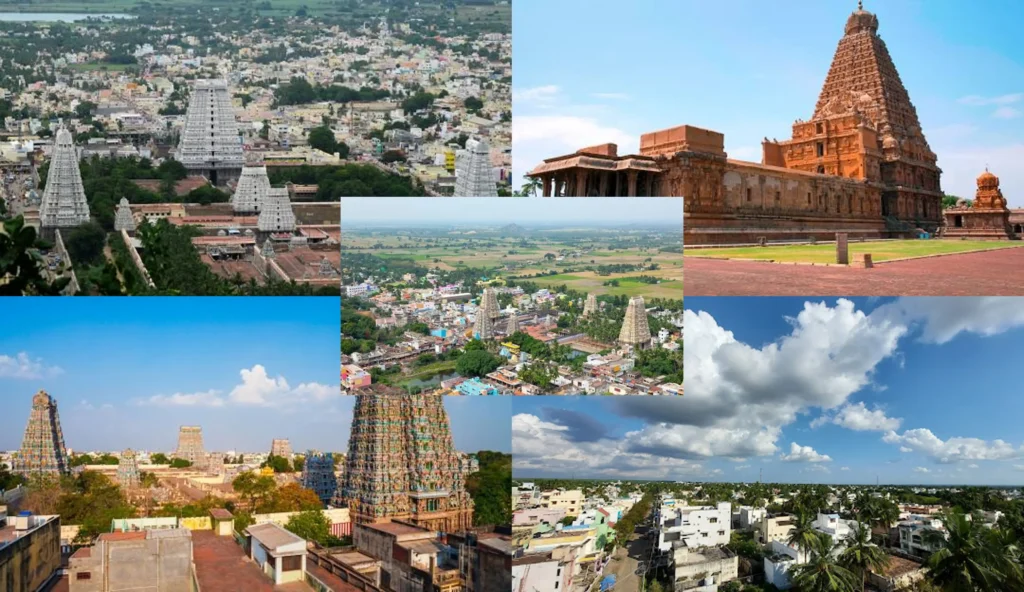The Government of India has mapped and uploaded cultural data from over 4.7 lakh villages under the flagship ‘Mera Gaon Meri Dharohar’ (MGMD) scheme. The project aims to cover all 6.5 lakh villages across the country, creating a digital archive of local heritage, traditions, and indigenous knowledge systems.

The MGMD portal serves as a centralized digital platform to record the diverse cultural, linguistic, architectural, and artistic identity of each village. It includes detailed entries on temple architecture, folk dances, traditional medicines, oral histories, and crafts. States like Tamil Nadu have shown significant participation, with 14,251 villages already documented out of 19,219.
Unique to the initiative is its crowdsourcing model, encouraging villagers to contribute firsthand information about their own heritage. This participatory approach ensures grassroots-level authenticity and engages communities in safeguarding their own legacy.
However, despite its comprehensive mapping efforts, the scheme does not currently offer skill development or financial benefits to the participating villages. There is also no exclusive cultural or funding initiative directed specifically at Tamil Nadu villages under MGMD.
Top-performing districts in Tamil Nadu include:
- Tiruvannamalai – 776 villages
- Thanjavur – 759 villages
- Madurai – 707 villages
- Pudukottai – 654 villages
- Chengalpattu – 629 villages
The Ministry of Culture has outlined plans to promote these heritage-rich villages through cultural tourism, digital showcases, and educational outreach, aiming to connect India’s traditional roots with modern development strategies.
This information was officially shared by Union Minister for Culture and Tourism, Shri Gajendra Singh Shekhawat, in a written reply in the Lok Sabha.
Also Read: Swadesh Darshan 2.0: India Boosts Sustainable Tourism with 128+ New Projects
